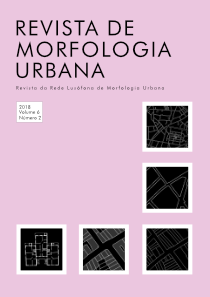Abstract
Particular to and characteristic of the North-west of the Iberian peninsula, in Galicia a habitat has evolved consisting of just over 30.000 hamlets: a ratio of one hamlet per km2. Through a case study focused on the El Rosal valley, which is close to the mouth of the River Miño, it has been possible to shed light on the organization of the river by the local hamlet communites. Different irrigation systems fit together and a succession of consecutive "levadas" (water channels) in the river are arranged in such a way that the water, having done its work upstream, is used downstream in a continuous re-suppñy which follows the rhythms of its natural cycle; thus is demonstrated the whole infrastructure which makes up a dense, interrelated network. Each hamlet's territory is, in reality; a precisely defined hydraulic space, administered and controlled from the hamlet community. Each of these hydraulic spaces takes into account the adjacent ones corresponding to other hamlets higher and lower in the valley. This organization, by no means haphazard, is based on agreements established from the founding of the settlements. Its study allows us to hypothesize on the manner in which the valley was settled. We need to understand it in order to know and - if necessary - intervene in the territory it structures.
Os direitos autorais permanecem com os autores, que autorizam a Revista de Morfologia Urbana a publicar o artigo sob uma licença Creative Commons Atribuição (CC-By).

